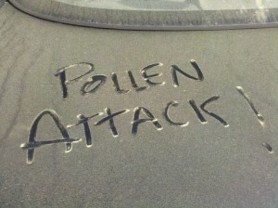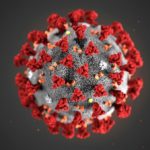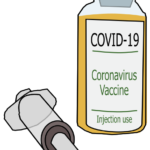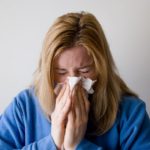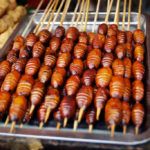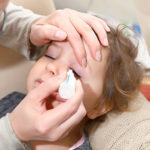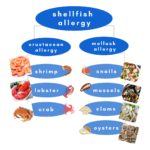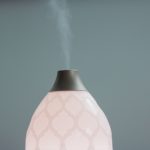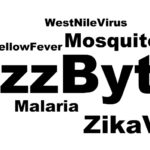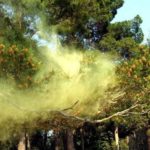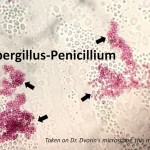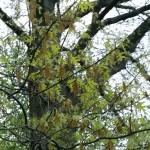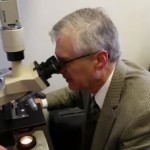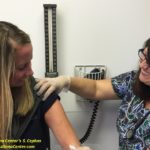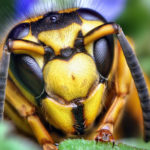Get Ready Before Local Pollen Attacks: In the Air, On Your Car, Up Your Nose
Hearing more sneezing around? Buying more tissues and antihistamines for your household?
Yes, spring allergy misery arrived early this year! You probably have lots of questions, and The Asthma Center is here with answers. Ultimately, the best way to tackle these symptoms is to Get Clarity on what triggers your symptoms. The board certified allergists at The Asthma Center can customize a treatment plan just for you.
What’s in the Air, now?
Since 1992 The Asthma Center has monitored pollen and mold spore counts, keeping the Delaware Valley informed on what’s in the air. Our studies have defined when the pollen seasons start, peak, and how long they last. Our resident pollen expert, Dr. Donald J. Dvorin, correctly predicted that pollen season would start early in 2016 due to the El Niño effect after Tree Pollen levels were EXTREME on Friday, 3/11/2016.
How Do Allergic Reactions Work?
Lining the mucous membranes of the nose, sinuses and lungs are unique cells known as mast cells. They release histamines and other chemical mediators that can cause inflammation of the nose, sinus and bronchial tubes. When mast cells interact with allergens, they release the chemical mediators. Your symptoms will manifest where the reaction occurs.
But What is an Allergen?
Allergens are particles, usually composed of proteins, capable of causing an allergic response. They are often airborne, invisible to the naked eye, and present in indoor environments year-round and outdoor environments during certain seasons.
What’s the Deal with Pollen?
Trees and other plants reproduce by creating pollen grains, a fine “dust,” that is often visible to the naked eye (all that yellow or green dust on cars in the morning), but other times so small that it can only be seen under a microscope.
Not all pollen cause allergy symptoms, but those that do are light and can travel far on wind currents. Trees pollinate for two to three week intervals at various times and overlap. Similar to tree pollen, grass pollen is produced as a means of reproduction and depends on wind currents to be transported. Airborne grass pollen appears in early April, peaks throughout May, and declines in June. Weed pollens are prevalent later in the summer, with Ragweed pollen a major culprit in our area.
Right now, the following trees are pollinating: Juniper, Cedar, Maple, Walnut, Butternut, Poplar, Sycamore, and the first Pine and Elm Tree Pollen grains have been observed.
Saturday Appointments
Saturday appointments are available throughout the spring season so you can get relief!
The best way to manage your allergies is to find out exactly what’s causing your symptoms. The Asthma Center has 9 locations in PA & NJ with the following Saturday hours in addition to our normal Monday – Friday business hours.
- April 16: Bala Cynwyd, PA, Langhorne, PA
- April 23: Northeast Philadelphia (Welsh Road)
- April 30: Mt. Laurel, NJ
- May 14: Mt. Laurel, NJ, Langhorne, PA
- June 4: Langhorne, PA
To watch Dr Dvorin’s explanation of the El Nino effect on our pollen season, CLICK HERE.
Recent
Popular

